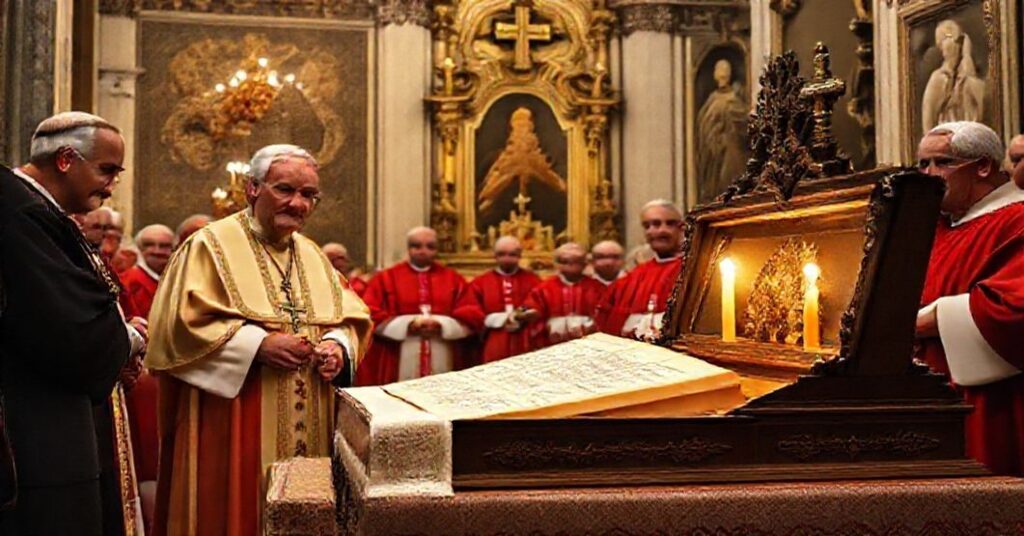Sexagesimam anniversariam (1962.09.25)
This brief Latin letter of John XXIII congratulates Cardinal Iacobus Aloisius Copello on the 60th anniversary of his priestly ordination: it recalls his long ministry, especially as archbishop of Buenos Aires, praises his diligence and piety, thanks God for his gifts, invokes further merits for Copello in his role as Chancellor of the Roman Church, and imparts an apostolic blessing on him and those celebrating the jubilee. Its entire horizon, however, is that of an already subverted hierarchy mutually confirming itself in human honors while remaining silent about the integral Catholic faith, the gravity of apostasy, and the rights of Christ the King, revealing the spiritual emptiness and internal contradiction of the conciliar project it serves.










